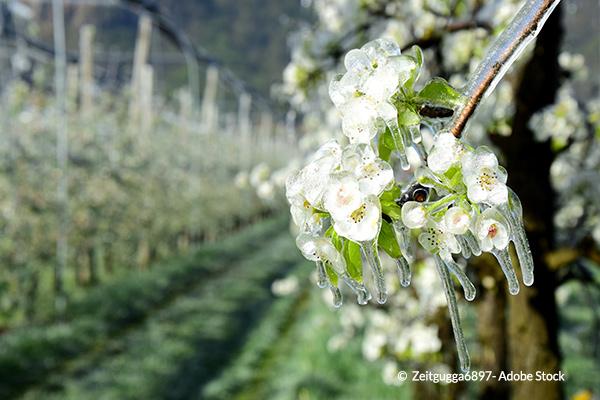Summer 2025 edition

Amid global uncertainties, EU agricultural markets remain generally resilient, with an increasing cereal production, a sharply recovering olive oil production, stable milk deliveries and firm output prospects for poultry. Fruits and vegetables show diverse developments due to adverse weather conditions; production prospects are on a downward trend for sugar, wine and, less so, for ruminants.
Risks stemming from geopolitical conflicts and rising trade tensions have weakened the global and the EU economic outlook for 2025. The appreciation of the euro against the US dollar could lower the costs of imported inputs, which would reduce the EU’s cost disadvantage compared to key export competitors. On the other hand, a stronger euro could make EU exports more expensive. In the meantime, EU food inflation continues to be higher than general inflation, although some stability - or even deflation - is observed for some categories of food products. Despite historically high levels, EU farmers have experienced stable input costs recently.
Geopolitical instabilities, climate-related challenges, and evolution of trade policies of key global players, like the United States and China, pose threats to the stability of the global and EU markets.

- General publications
- 28 July 2025
The short-term outlook for agricultural markets is published twice a year and is based on the latest data and information from market experts in the European Commission.
Data
EU balance sheets are available in Agri-food data portal, both in the form of tables and graphs. In addition, selected data for Member States are available and visualised in dataM.


